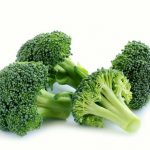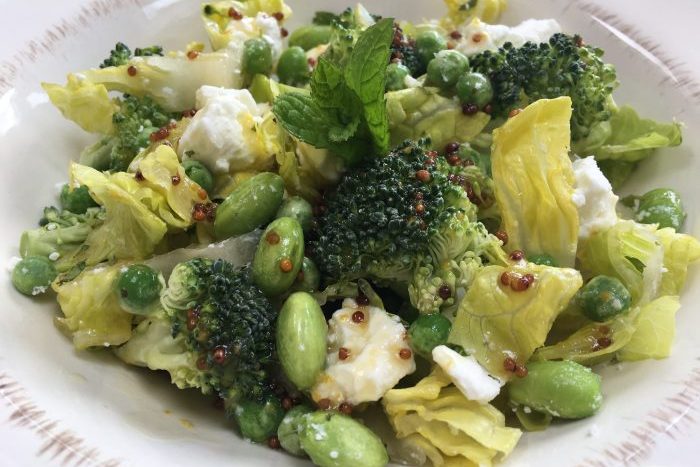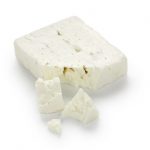Recipe reproduced with the kind permission of Michaela Bowes, M&J Confidence in Cooking
A deliciously simple summery salad; great to practice KS1/2 cutting skills but easy to make with any age group as no cutting is required - for early years simply tear, break and shred!
Ask the children to get creative with their serving style to make it eye-catching and not only taste great but look delicious too.
Skills Check
Follow a recipe; follow food safety & hygiene rules; tidy away; use measuring spoons; chop using bridge/claw technique; tear ingredients; crumble ingredients; whisk; use weighing scales; garnish and decorate.
Equipment
Knife, chopping board, large mixing bowl, large serving spoon, measuring jug, fork/whisk, weighing scales, measuring spoons.
Allergens
Mustard | Milk
Ingredients (serves 4 adults, or 8 children):
- 1 small head of broccoli, broken into small florets
- 100g frozen peas, defrosted
- 1 head baby gem lettuce, leaves separated and shredded
- 100g broad beans
- 80g reduced fat feta cheese, cubed or crumbled
- 75ml olive oil
- 1 tbsp white wine vinegar
- 1 tbsp runny honey
- 1 tsp wholegrain mustard
Method
- Place the broccoli, peas, lettuce, broad beans and cheese into a large mixing bowl and mix together to combine.
- In a measuring jug add the oil, vinegar, honey and mustard and whisk with a fork.
- Just before serving pour the dressing over the salad and mix.
So thinking about broccoli and pea salad ...

Feta cheese is high in saturated fat and salt, but it is strong tasting so you can get away with using smaller amounts. Choose reduced fat options where possible.
Salad Dressing can be high in fat because oil is usually the main ingredient. Using unsaturated oil, such as olive oil, is a healthier choice but still only use small amounts.
Nutritional Information
| - | Energy | 1129kJ / 272kcal | 14% |
| Med | Fat | 19.1g | 27% |
| Med | Saturates | 3.9g | 20% |
| Low | Sugars | 7.8g | 9% |
| Med | Salt | 0.7g | 12% |
per 196g serving
% of an adult's reference intake
Typical values per 100g: Energy 1129kJ / 272kcal
Notes
A traffic light system is used on nutrition labels to make it easier to see which foods and drinks are lower in calories, fat, sugar and salt. Try and choose more ‘greens’ and ‘ambers’ and fewer ‘reds’, and stick to smaller portions of ‘reds’.
Just because a recipe or a food has a red traffic light doesn’t mean you shouldn’t eat it. Understanding why a food or recipe might have a red light can be helpful. For example oily fish is high in total fat and so any recipe containing oily fish is likely to be ‘red’ for fat. But it is recommended that we eat oily fish at least once a week because the type of fat it contains is beneficial for our health.
% Reference Intakes are also shown. Reference Intakes are guidelines about the approximate amount of particular nutrients and energy required for a healthy diet (based on an average-sized woman doing an average amount of physical activity). Most children will require less than these Reference Intakes. The contribution of one serving of a food or drink to the Reference Intake for each nutrient is expressed as a percentage.




